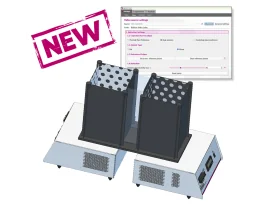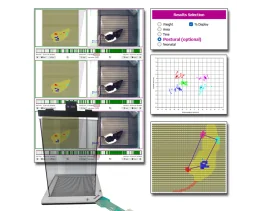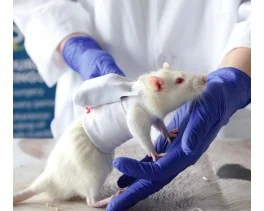Authors
Lavier J, Bouzourène K, Millet GP, Mazzolai L, Pellegrin M.
Lab
nstitute of Sport Sciences, University of Lausanne, 1015 Lausanne, Switzerland
Journal
Metabolites
Abstract
Exercise training is an important therapeutic strategy for lower extremity peripheral artery disease (PAD). However, the effects of different exercise frequency on physiological adaptations remain unknown. Thus, this study compared the effects of a 7-week moderate-intensity aerobic training performed either three or five times/week on skeletal muscle gene expression and physical performance in mice with PAD. Hypercholesterolemic male ApoE-deficient mice were subjected to unilateral iliac artery ligation and randomly assigned to sedentary or exercise training regimens either three or five times/week. Physical performance was assessed using a treadmill test to exhaustion. Expression of genes related to glucose and lipid metabolism, mitochondrial biogenesis, muscle fiber-type, angiogenesis, and inflammation was analyzed in non-ischemic and ischemic gastrocnemius muscles by real-time polymerase chain reaction. Physical performance was improved to the same extent in both exercise groups. For gene expression patterns, no statistical differences were observed between three or five times/week exercised mice, both in the non-ischemic and ischemic muscles. Our data show that exercising three to five times a week induces similar beneficial effects on performance. Those results are associated with muscular adaptations that remain identical between the two frequencies.
Source :

 Douleur - Allodynie/Hyperalgésie Thermique
Douleur - Allodynie/Hyperalgésie Thermique Douleur - Spontanée - Déficit de Posture
Douleur - Spontanée - Déficit de Posture Douleur - Allodynie/Hyperalgésie Mécanique
Douleur - Allodynie/Hyperalgésie Mécanique Apprentissage/Mémoire - Attention - Addiction
Apprentissage/Mémoire - Attention - Addiction Physiologie & Recherche Respiratoire
Physiologie & Recherche Respiratoire




































 Douleur
Douleur Système Nerveux Central (SNC)
Système Nerveux Central (SNC)  Neurodégénérescence
Neurodégénérescence Système sensoriel
Système sensoriel Système moteur
Système moteur Troubles de l'humeur
Troubles de l'humeur Autres pathologies
Autres pathologies Système musculaire
Système musculaire Articulations
Articulations Métabolisme
Métabolisme Thématiques transversales
Thématiques transversales Congrès & Meetings
Congrès & Meetings